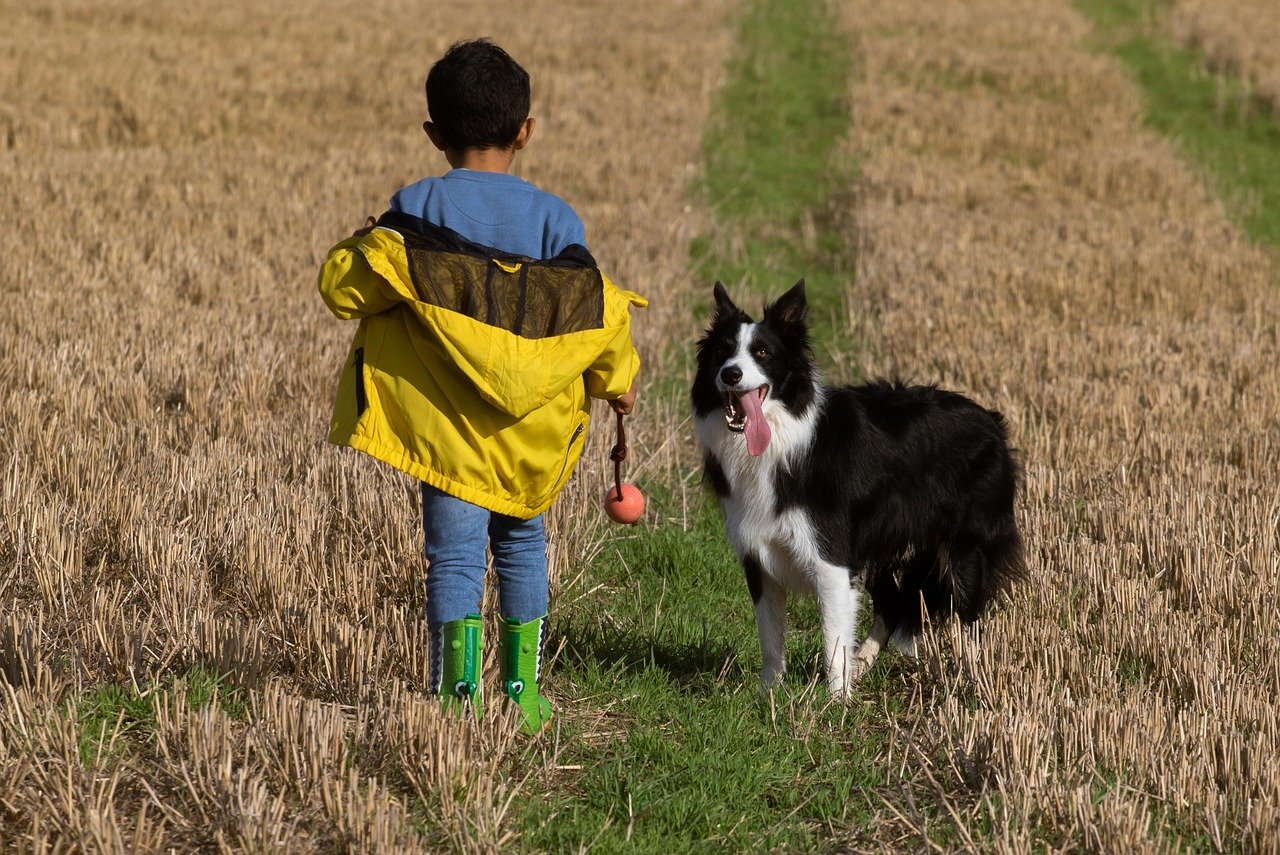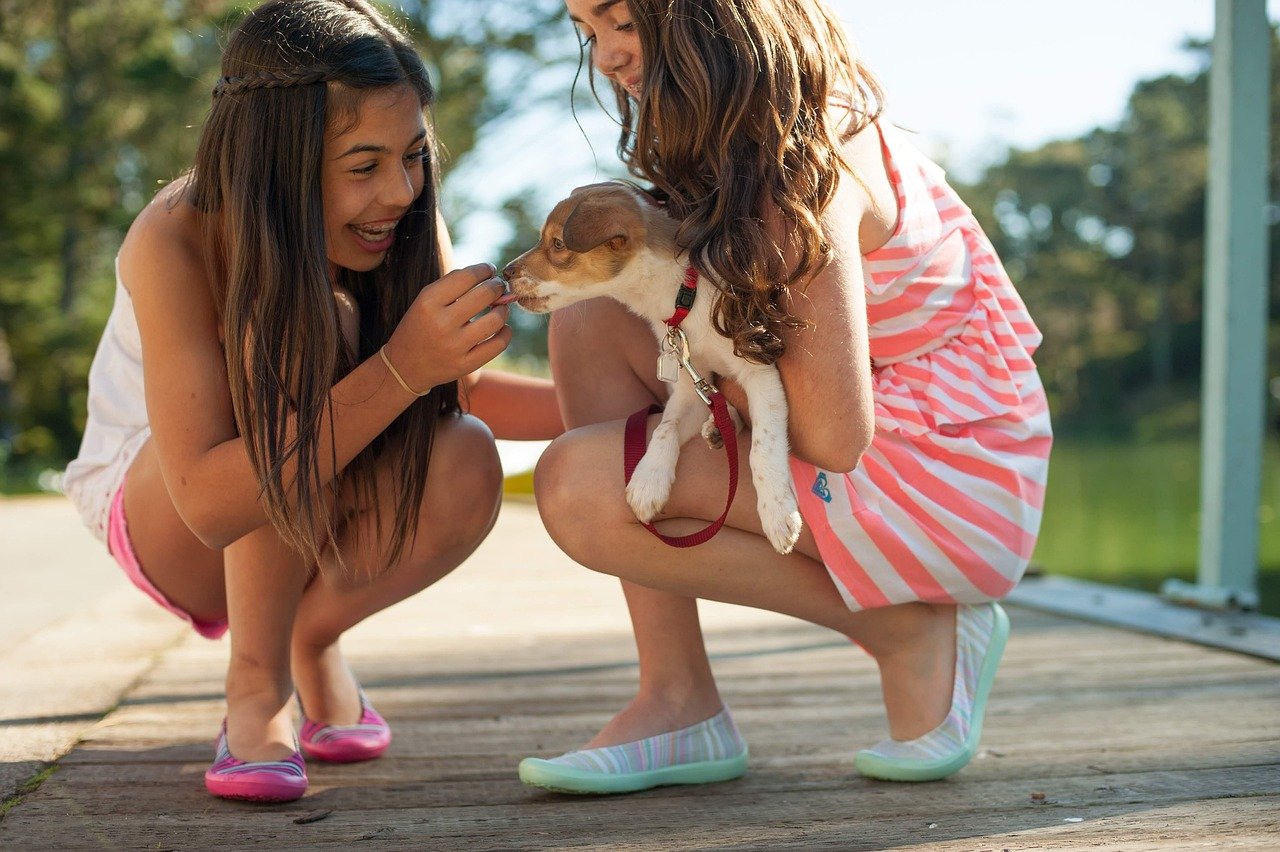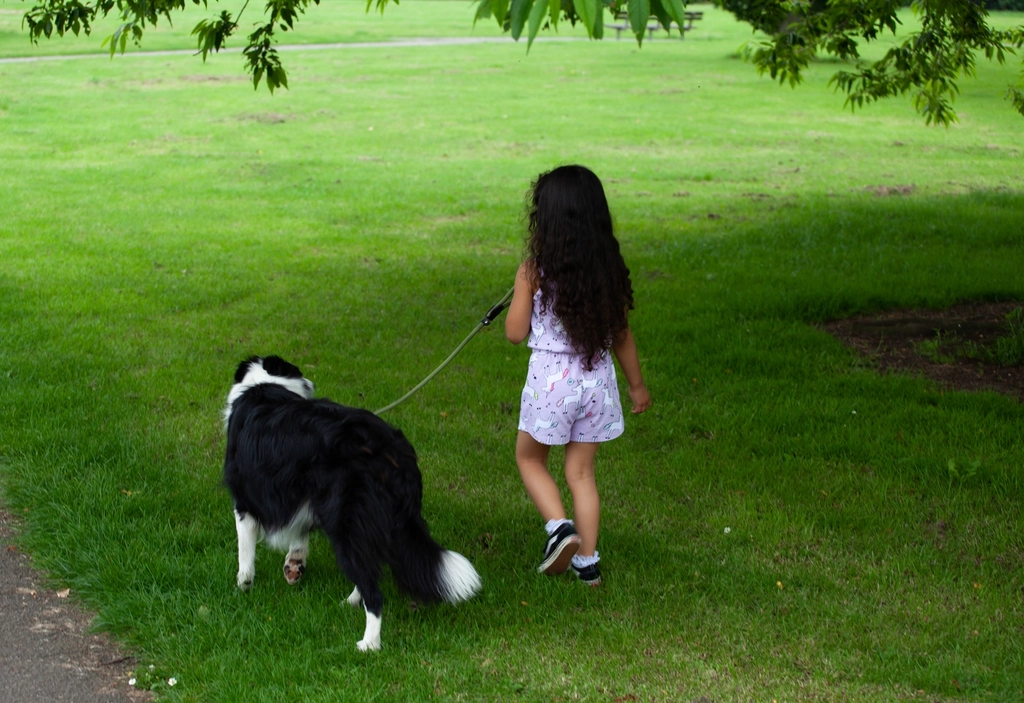Have you ever noticed how some dogs just light up around children, while others seem a bit unsure or even standoffish? It’s almost magical, the way a happy pup can become a kid’s best friend, partner-in-crime, and even protector. For families, finding a dog that truly connects with their children isn’t just a nice bonus—it can shape childhood memories and create bonds that last a lifetime. But why is it that certain breeds seem to “get” kids more than others? Is it just luck, or is there something deeper going on? Let’s dig into the heartwarming, surprising reasons behind why some dog breeds bond better with kids.
Instincts Shaped by Generations of Breeding
Dog breeds aren’t just about color, size, or ear shape—a lot goes on beneath the surface. Over hundreds of years, humans carefully selected which dogs to breed based on traits like gentleness, patience, or energy. For example, Golden Retrievers were originally bred to retrieve game for hunters, but they were also chosen for their gentle mouths and friendly personalities. These qualities made them natural companions, not just for hunters, but for families as well.
When a breed has been shaped for generations to work closely with people, especially in family or group settings, those dogs tend to see humans—kids included—as part of their “pack.” This instinct to protect, nurture, or simply chill out with kids runs deep. It’s like muscle memory for dogs: they’re wired to fit in with human families, making it easier for them to bond with children in ways that feel effortless and genuine.
Temperament: The Heart of Compatibility
Some dogs just have a natural knack for patience, calmness, and tolerance—three qualities that are gold when it comes to life with loud, unpredictable kids. Breeds like Labradors, Beagles, and Collies are famous for their balanced temperaments. They’re not easily rattled by sudden movements or shrieks, which makes them perfect playmates for children who might not always know how to be gentle.
This temperament isn’t just about being “nice.” It means these dogs are less likely to snap when their tails get tugged or when a toddler stumbles into their nap zone. Instead, they’re more likely to respond with a wag or a lick. This calm, forgiving nature helps build trust, making kids feel safe—and helping parents breathe a sigh of relief.
Size and Strength Play a Role
It might sound superficial, but size really does matter when it comes to how dogs and kids get along. Smaller breeds, while adorable, can sometimes be more fragile and prone to injury from rough play. On the flip side, giant breeds may accidentally knock over a small child without meaning to. The sweet spot often lies in medium to large breeds that are sturdy enough to handle energetic kids, but not so big as to overwhelm them.
Think about a sturdy Labrador or a gentle Boxer: they’re strong enough to tolerate playful tugs and hugs, but soft-hearted enough to know when to be gentle. Their physical resilience allows for more relaxed interactions, letting kids and dogs bond through play without fear of accidental harm.
Energy Levels That Match the Chaos

Anyone who’s watched a kid and a puppy tear around the backyard knows the importance of matching energy levels. High-energy breeds like Border Collies or Australian Shepherds love to run, fetch, and play—just like most kids do. These dogs thrive on activity, and children provide the perfect partners for their endless enthusiasm.
When energy levels match, both parties are happier. The dog gets plenty of exercise and stimulation, while the child has an eager playmate who never tires of another game of tag. On the other hand, a laid-back dog might not keep up, and a hyperactive pup could overwhelm a quieter child. Finding the right energy balance is key to a strong, joyful bond.
Protective Instincts: Nature’s Babysitters
Some breeds have a natural instinct to protect those they love. Dogs like Newfoundlands, German Shepherds, and even some Terriers are known for their watchful, guardian-like behavior. They often see children as precious members of their pack, worthy of extra care and attention.
This doesn’t mean they’re aggressive—just the opposite. A protective dog will often position itself between a child and perceived danger, or keep a close eye on rough play to make sure no one gets hurt. This instinctive sense of responsibility can make kids feel secure, knowing their furry friend is always watching out for them.
Sensitivity to Human Emotions
Certain breeds seem almost psychic when it comes to sensing feelings. Golden Retrievers and Poodles, for example, are masters at reading facial expressions, body language, and even the tone of voice. When a child is upset, these dogs are often the first to offer a comforting nuzzle or a gentle paw.
This emotional sensitivity helps children feel understood and supported, even when they can’t always express what’s wrong. For a shy or anxious child, having a dog that “gets it” can make all the difference, turning sad moments into opportunities for connection and comfort.
Playfulness and Imagination

Kids are experts at inventing games, and the best dog breeds for families are just as playful. Breeds like Cocker Spaniels, Beagles, and Labs love to join in on the fun, whether it’s chasing bubbles, playing hide and seek, or inventing new tricks. Their natural curiosity and willingness to play along make them ideal companions for children’s wild imaginations.
Play isn’t just about burning energy—it’s a powerful way for dogs and kids to communicate and bond. Through shared games, they learn to trust, cooperate, and even negotiate. It’s like watching two old friends invent a secret language only they can understand.
Patience with Training and Socialization

Let’s face it: both dogs and kids make mistakes. The breeds that bond well with children are often patient learners, able to bounce back from accidents or misunderstandings. Breeds like Shetland Sheepdogs and Golden Retrievers are known for being eager to please and quick to learn, which makes training a lot less stressful for everyone.
A dog that responds well to gentle guidance and positive reinforcement becomes a safe, reliable companion for children. This patience with training also means the dog is less likely to develop bad habits, like snapping or growling, even in the chaos of everyday family life.
Affectionate Nature: The Love Connection
Some breeds are just natural snugglers. Cavalier King Charles Spaniels, Bulldogs, and Pugs, for example, thrive on affection and love nothing more than curling up with their favorite humans. This constant craving for closeness means they’re often happiest when surrounded by children’s laughter and hugs.
An affectionate dog teaches children the beauty of unconditional love. That wagging tail or soft nuzzle after a hard day at school can be the best therapy, building a strong emotional bridge between child and pet that can weather many storms.
Adaptability to Family Life
Life with kids isn’t always predictable. There are noisy sleepovers, messy art projects, and the occasional dropped snack. The breeds that bond best with children are those that can roll with the punches—dogs that don’t get stressed by change, loud noises, or a little chaos.
Breeds like Labradors, Boxers, and Standard Poodles are famous for their adaptability. They can go from a quiet afternoon nap to a wild game of fetch in seconds, and they don’t mind if their routine changes. This flexible attitude helps them thrive in the unpredictable world of family life, making them loyal, loving companions for children and adults alike.

Linnea is a born and bred Swede but spends as much time as possible in Cape Town, South Africa. This is mainly due to Cape Town’s extraordinary scenery, wildlife, and atmosphere (in other words, because Cape Town is heaven on earth.) That being said, Sweden’s majestic forests forever hold a special place in her heart. Linnea spends as much time as she can close to the ocean collecting sea shells or in the park admiring puppies.





